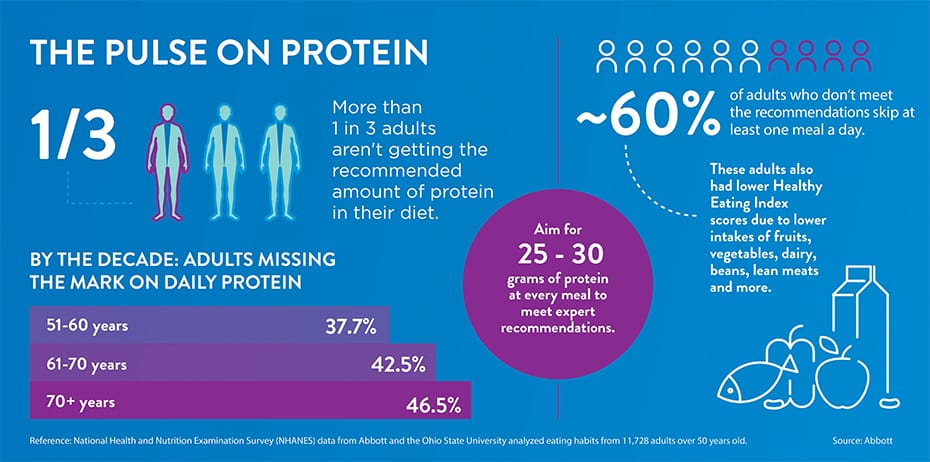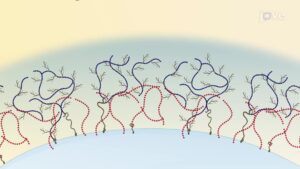Protein is more than just a macronutrient for muscle growth—it’s the foundation for countless biological functions. At its core, protein is made up of amino acids, and nine of these are considered essential. Essential amino acids (EAAs) cannot be produced by the body, meaning they must come from food or supplementation. Without them, your body cannot build or repair muscle tissue effectively.
Why Essential Amino Acids Matter
When you consume protein-rich foods, your body digests them into individual amino acids. These amino acids enter the bloodstream and contribute to the body’s “amino acid pool,” which is used to rebuild and repair tissues, create enzymes, and support immune function. EAAs are the cornerstone of this process because they provide all the building blocks your body cannot produce on its own.
Research shows that getting adequate EAAs is particularly important for maintaining muscle mass during aging. As protein absorption efficiency decreases with age, supplementation can help bridge dietary gaps and prevent muscle loss.
EAA vs. BCAA: Understanding the Difference
 Branched-chain amino acids (BCAAs) are a subset of EAAs—specifically leucine, isoleucine, and valine. While BCAAs are often marketed as standalone supplements, they only provide part of the equation. Leucine in particular is a powerful trigger for muscle protein synthesis, with studies suggesting that 2.5–3 grams per meal is optimal. However, without the other essential amino acids present, the synthesis process cannot be completed.
Branched-chain amino acids (BCAAs) are a subset of EAAs—specifically leucine, isoleucine, and valine. While BCAAs are often marketed as standalone supplements, they only provide part of the equation. Leucine in particular is a powerful trigger for muscle protein synthesis, with studies suggesting that 2.5–3 grams per meal is optimal. However, without the other essential amino acids present, the synthesis process cannot be completed.
That’s why EAAs are generally a better choice—they contain BCAAs plus the other six essential amino acids, providing a complete profile for muscle repair and growth.
Leucine: The Muscle-Building Trigger
Leucine acts like a starter switch for muscle protein synthesis. Consuming it alongside complete proteins or EAA supplements can enhance muscle recovery and growth. Some athletes and fitness enthusiasts go beyond the minimum, adding 4–5 grams of leucine to protein shakes to ensure maximum stimulation of muscle-building pathways.
Protein Intake and the “Insurance Policy” Approach
Even with a balanced diet, EAA supplementation can serve as an “insurance policy” to make sure your body is getting what it needs—especially in situations where protein quality or quantity may be lacking. This is especially relevant for older adults, people recovering from illness, and those on plant-based diets.
For vegans and vegetarians, EAAs can be invaluable. Plant-based proteins often have lower levels of certain essential amino acids, making it harder to achieve optimal muscle protein synthesis without strategic supplementation. A high-quality vegan protein powder combined with an EAA supplement can fill those gaps.
Protein Needs as You Age
Maintaining muscle mass is one of the most important factors in healthy aging. Studies have found that higher daily protein intake—sometimes over 1.6 grams per kilogram of body weight—can help preserve strength and mobility in older adults. Since many older individuals eat fewer total calories, reaching these protein goals often requires prioritizing protein at every meal and, in some cases, supplementing with EAAs.
For example, if an older adult consumes 2,000 calories per day, as much as 40% of that may need to come from protein to reach optimal intake. That leaves less room for fats and carbohydrates, making careful meal planning essential.

Source: Abbott
Best Food Sources of Complete Protein
- Eggs – Highly bioavailable protein with an ideal amino acid profile
- Lean meats – Chicken, turkey, and beef provide all essential amino acids
- Dairy – Whey protein is rapidly absorbed and rich in leucine
- Fish – Salmon, tuna, and cod offer high-quality protein plus healthy fats
- Soy and quinoa – Complete plant-based proteins for vegans
When to Use EAAs
EAAs can be especially beneficial:
- Post-workout to maximize muscle recovery
- Between meals when protein intake is low
- During fasting or long gaps between meals
- For individuals with reduced appetite or difficulty digesting whole proteins
“Think of EAAs as a direct delivery system—because they’re already broken down into their simplest form, your body can use them immediately without the work of digestion.”
Practical Tips for Optimizing Protein & EAAs
- Aim for high-quality protein at each meal—about 25–40 grams, depending on your size and goals.
- Include leucine-rich sources like whey, eggs, and lean meats.
- Consider an EAA supplement if your protein intake is inconsistent or plant-based.
- Distribute protein evenly throughout the day to maximize muscle protein synthesis.
Video Summary
For more evidence-based nutrition and fitness tips, subscribe to our channel: https://www.youtube.com/@Vitality-and-Wellness
Looking for extra help with your fitness goals? Check out the personalized Nutrition Program at Parkway Athletic Club: parkwayathleticclub.com/nutrition
Disclaimer: This content is for educational purposes and does not replace personalized medical advice.



